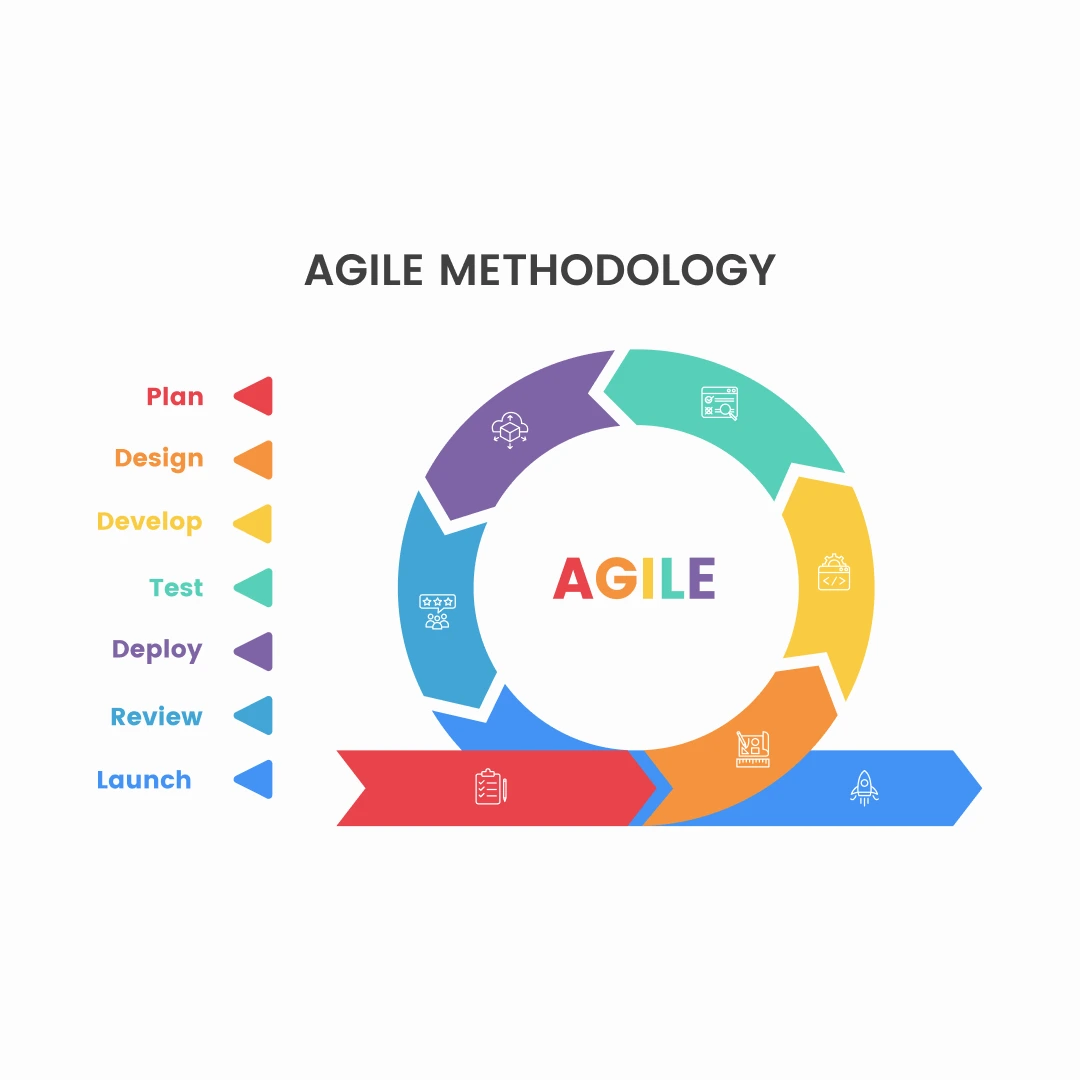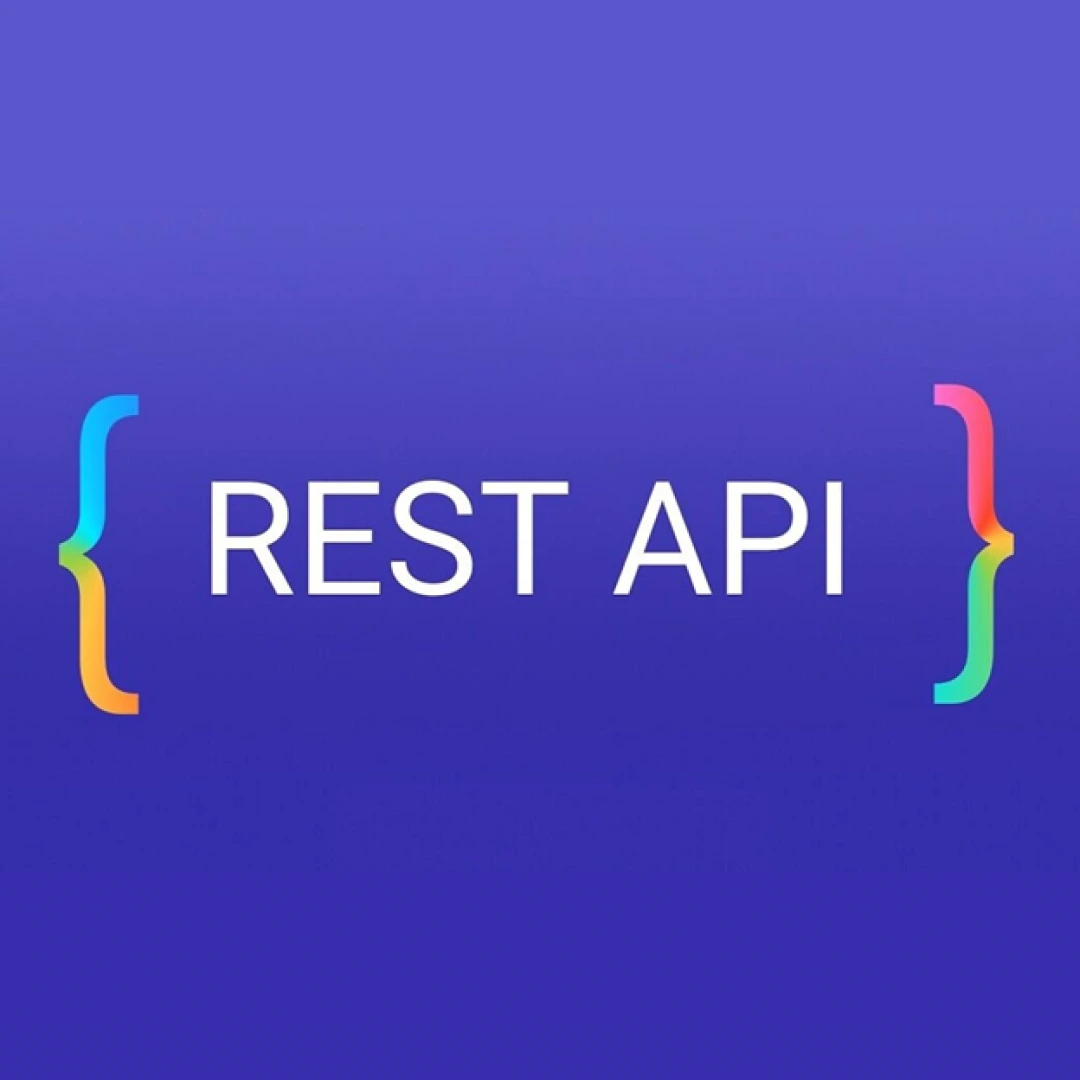

Table of Contents
- Three classification software of defects: -
- Software defects by nature
- Compatibility defects
- Medium-priority defects
- Low-priority defects
- Importance of classification
A bug in IT refers to an error or a fault in a computer program or hardware system that generates unanticipated behaviour or results. In a nutshell, any unexpected behaviour or result received from a program or system it is not designed for is a bug.
Three classification software of defects: -
- Software defects by nature
- Software defects by severity
- Software defects by priority
Software defects by nature
Compatibility defects
Compatibility tests are carried out in order to detect issues such as inconsistent performance on some types of browsers, hardware, devices, and operating systems in an application. These types of errors are known as compatibility defects. For example, a mobile application of online gym training is not running according to the set standards on iOS. It reflects errors like content alignment and font.
Functional defects
Functional defects are the defects that are identified in the behavior of the software when it is not compatible with the functional requirements and are discovered through functional testing. For example, if you are working on an e-commerce company’s website and it does not show any result if you search for a product with color or product ID, it is a functional defect.
Usability defects
Usability defects are the defects that blemishes or obstructs the user experience and makes it inconvenient in any way with the software. Test engineers and business analysts detects these defects by validating the software against Web Content Accessibility Guidelines (WCAG) and usability requirements. Some examples of this defect are overly complex signup procedures or difficulty in navigation.
Performance defects
Defects that are related to the software's speed, response time, stability, and resource consumption are known as performance defects. These are discovered during performance testing. For example, if a system takes a longer response time than stated, it is a performance defect.
Security defects
Security defects are the defects that can result in security or cyber-attacks. Security errors like XSS vulnerabilities, encryption errors, buffer overflows, susceptibility to SQL injections, logical errors in role-based access, and weak authentication is detected by security testing.

Software defects by severity
The defects are categorized on the basis of the technical impact it is going to make on the system. Here in Blue IT Systems GmbH, we call this classification “software defects by severity” and the following are its levels: -
Critical defects
Errors that block the complete system’s or component’s functionality which obstruct the testing with it being fixed. For example, getting a server error message after trying to login.
High-severity defects
This defect affects the key functionality of the software or application, that is, it does not behave the way it is stated in the requirements.
Medium-severity defects
They are identified when a small function does not work according to the stated requirements. For example, a broken link present on any page of a website.
Low-severity defects
These are the defects mainly related to the application’s UI and are very minor. For example, a difference in font size on the same page is a low-severity defect.
Software defects by priority
In this category, the defects are differentiated according to the impact it is going to make on the business, the higher the impact, the higher the priority, and visa-versa. These defects are identified and categorised by a project manager, a product owner, or any business stakeholder and the following are its levels: -
Urgent defects
These are the defects with the highest priority and should be resolved within 24 hours so that it does not affect the business vastly. They are severely essential to resolve, although, sometimes low-severity defects are also included in this category as they are quick to resolve and the user experience is also not impacted. For example, if there is a font or spelling mistake in the company’s name, if will affect the branding as well as the company's image in front of their customers and clients.
High-priority defects
High-priority defects are the defects that need to be resolved before the release date or exit criteria. An example of this defect is an application that is unable to take the user from login page to the next page even after entering valid credentials.
Medium-priority defects
The errors are similar to the high-priority defects with reference to the resolution before release; however, they can be resolved later as well. To exemplify, if an application is returning the expected result, however, it formats incorrectly in a particular browser, it is a medium priority defect.
Low-priority defects
These are the errors that do not require urgent attention and can be corrected after the release date but before they are available to the audience. These include typos, grammatical errors, etc.
Importance of classification
Classification of defects not only makes the overall testing procedure better it also makes sure that their impact on the business is minimal. It streamlines the prioritization of defects and also improves the handling. Due to its excellent efficiency, the whole process becomes speedier.
Not only this part of the evaluation is crucial for the development of the software, it majorly affects the first impact in the eyes of the audience. Early detection gives the relevant team the time to resolve it as quickly and smoothly as possible.






